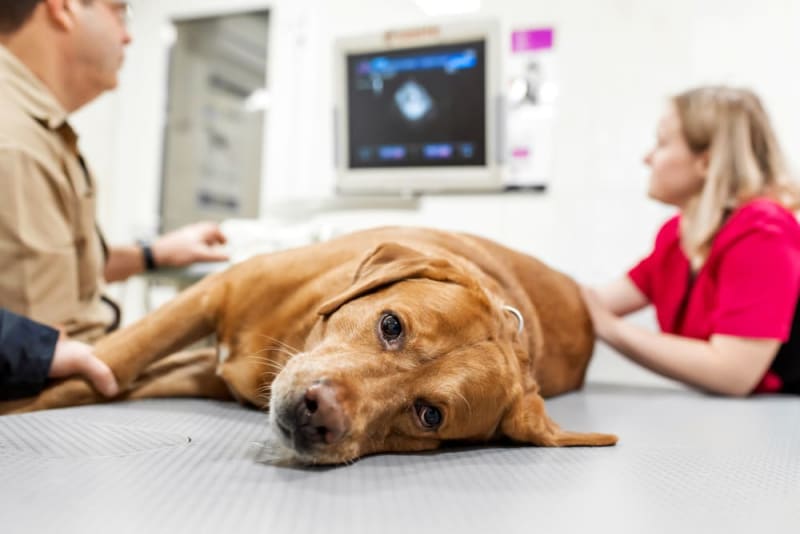Common Pet Diseases – Symptoms, Prevention, and Treatment

Fr8pals.com is a valuable platform for pet owners looking for reliable information on pet health and care. Owning a pet brings immense joy and companionship, but it also comes with responsibilities, especially regarding their health. Like humans, pets are also susceptible to various diseases, some of which can be life-threatening if not treated in time. In this article, we will discuss some of the most common pet diseases, their symptoms, and how to prevent them.
Table of Contents
Toggle1. Rabies
Rabies is a deadly viral disease that affects the nervous system of mammals, including dogs and cats. It is transmitted through the bite of an infected animal. Symptoms include aggression, drooling, paralysis, and behavioral changes. The best prevention method is vaccination, which is essential for pets.
2. Parvovirus (Parvo)
Parvovirus is a highly contagious disease that affects dogs, especially puppies. It attacks the digestive system, causing severe vomiting, diarrhea, lethargy, and loss of appetite. Since it spreads through contaminated feces, maintaining hygiene and vaccinating your pet is crucial for prevention.
3. Feline Panleukopenia (Feline Distemper)
This disease is common among cats and is caused by the feline parvovirus. Symptoms include fever, vomiting, diarrhea, and dehydration. Kittens are more vulnerable to this disease. Regular vaccinations can protect cats from this fatal infection.
4. Canine Distemper
Canine distemper is a serious viral disease that affects a dog’s respiratory, gastrointestinal, and nervous systems. Symptoms include fever, nasal discharge, coughing, lethargy, seizures, and paralysis. The only way to prevent this disease is through vaccination.
5. Feline Leukemia Virus (FeLV)
FeLV is a leading cause of feline deaths and weakens the immune system, making cats prone to other infections. Symptoms include weight loss, anemia, and respiratory issues. It is transmitted through saliva, nasal secretions, and shared food or water bowls. While there is no cure, vaccinations and keeping infected cats isolated can help.
6. Heartworm Disease
Heartworms are parasites that live in the heart and lungs of pets, primarily dogs. They are transmitted through mosquito bites. Symptoms include coughing, fatigue, and difficulty breathing. Prevention includes regular deworming and using vet-recommended heartworm preventatives.
7. Lyme Disease
Caused by tick bites, Lyme disease can affect both dogs and cats. Symptoms include fever, joint pain, loss of appetite, and lethargy. Using tick-preventative treatments and checking pets for ticks regularly can help prevent the disease.
8. Ringworm
Despite its name, ringworm is not a worm but a fungal infection affecting the skin, fur, and nails of pets. It appears as circular bald patches and is highly contagious to both animals and humans. Treatment includes antifungal medications and maintaining hygiene.
9. Kennel Cough
Kennel cough is a contagious respiratory disease in dogs, characterized by a persistent cough, sneezing, and nasal discharge. It spreads in places where dogs gather, such as kennels and parks. Vaccination and avoiding exposure to infected dogs help in prevention.
10. Diabetes in Pets
Just like humans, pets can also suffer from diabetes. It occurs when the body fails to regulate blood sugar levels. Symptoms include increased thirst, frequent urination, weight loss, and lethargy. A proper diet, exercise, and insulin therapy can help manage the condition.
Conclusion
Keeping pets healthy requires awareness of common diseases and their prevention. Regular veterinary check-ups, vaccinations, proper hygiene, and a balanced diet play a crucial role in ensuring a pet’s well-being. By staying informed and taking necessary precautions, pet owners can help their furry friends live longer, healthier lives.






